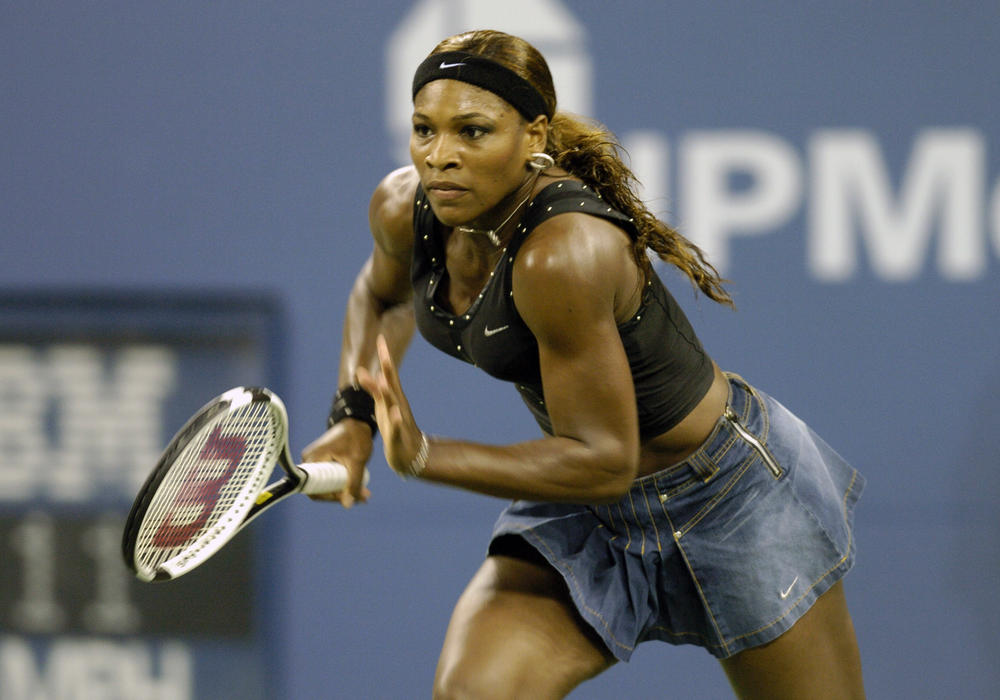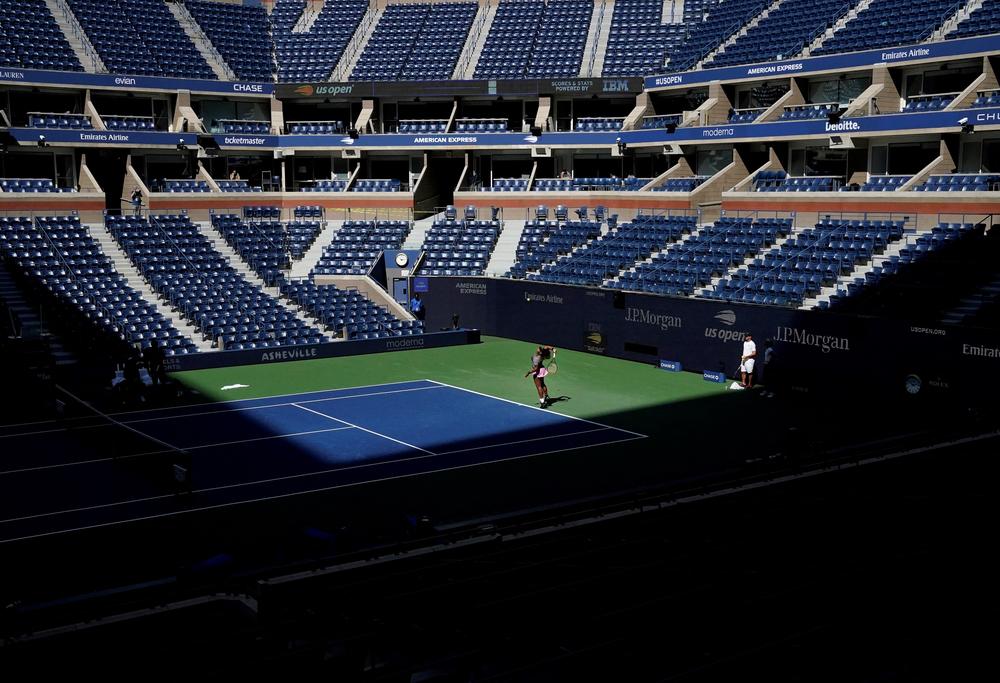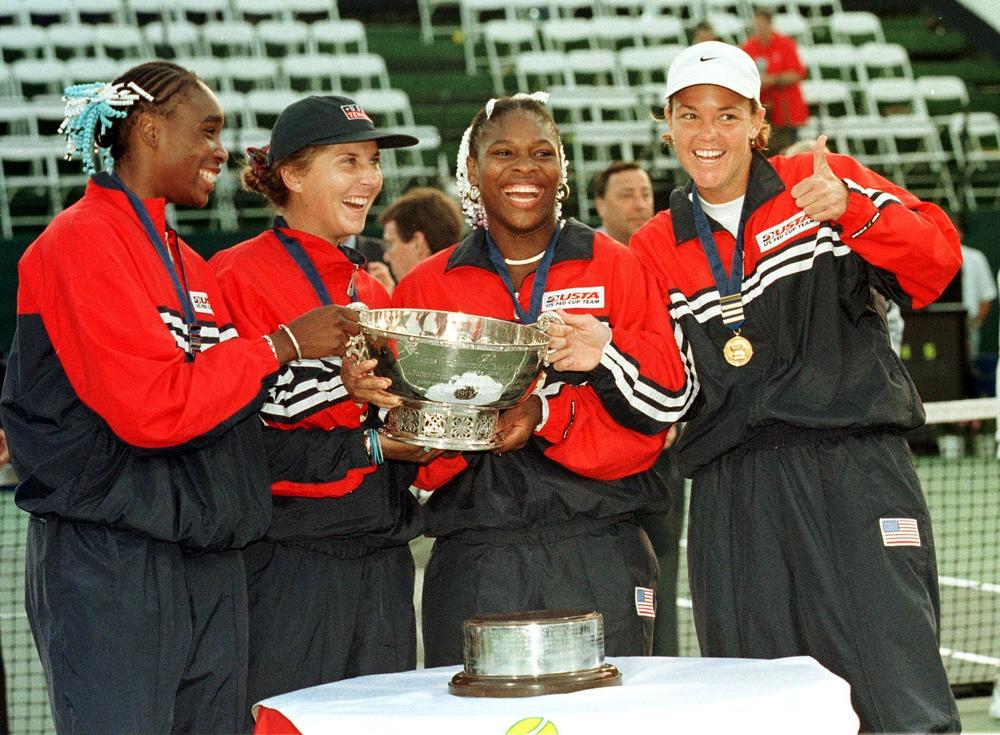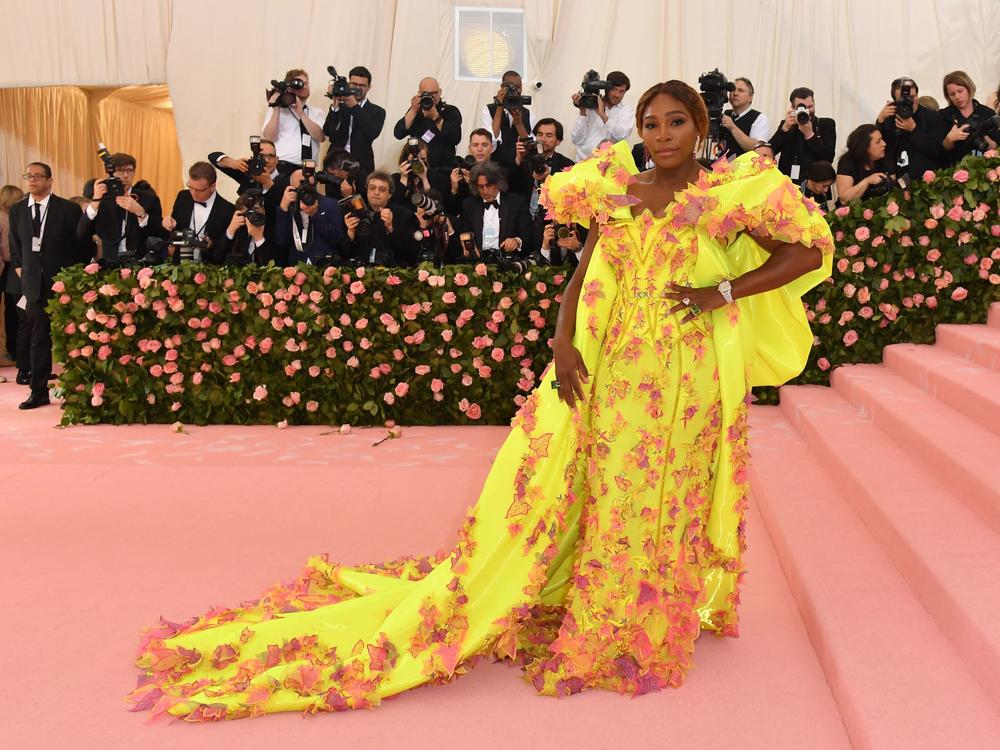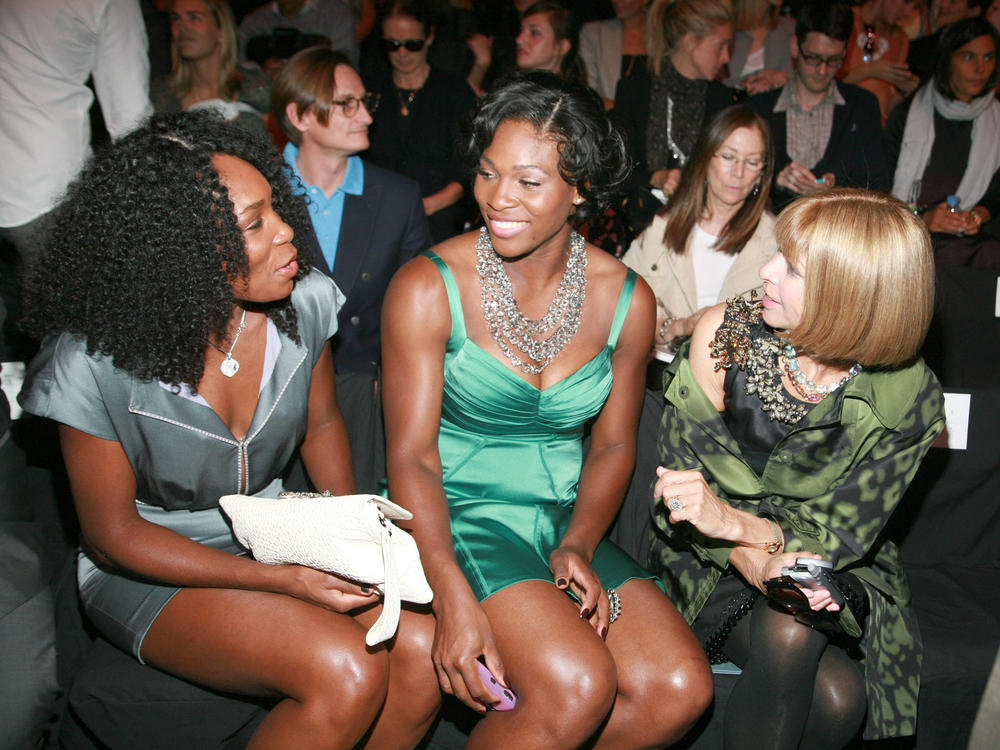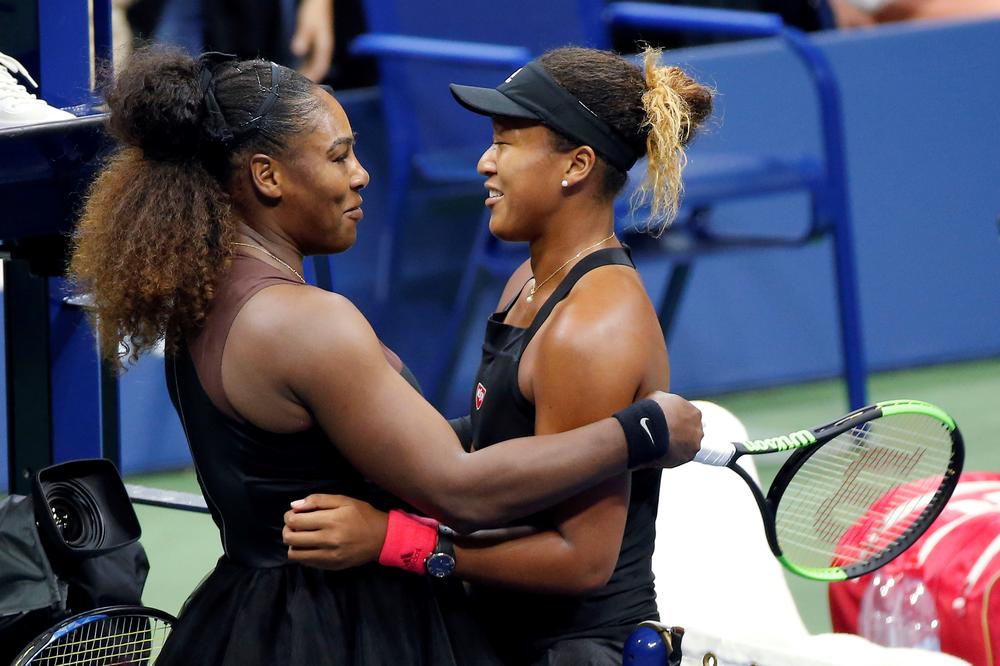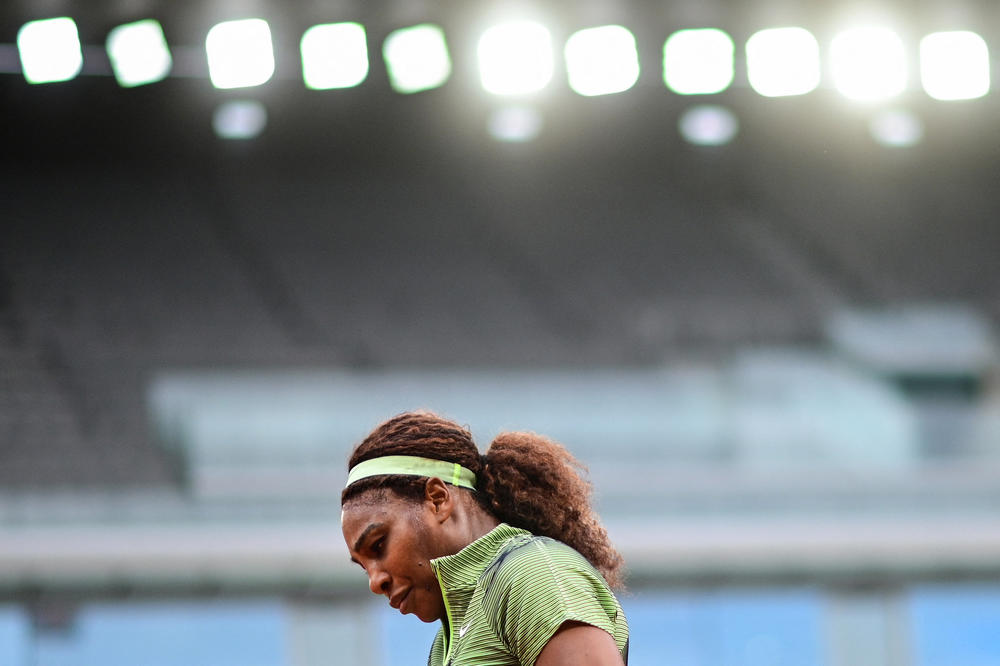Section Branding
Header Content
Serena Williams is a tennis great, and so much greater than that
Primary Content
Most people are not fortunate enough to realize the impact their life has made on others because, well, the majority of the accolades often come at memorials. But when you are Serena Williams, playing what is expected to be the final major tournament of a career emblazoned with the acronym G.O.A.T, you must recognize how your presence and accomplishments on and off the tennis court have inspired the hopes and dreams of African Americans, in particular female athletes, how you have introduced a sport that appeared off limits to a new, diverse audience, and how you have rewritten society's definition of beauty – all this by doing things your way.
Not even father Richard Williams, shunned, disrespected and laughed at when he shuttled his two young daughters, Venus and Serena, from their home in Compton, Calif., where they learned to play on public courts, to tennis clinics and tournaments throughout Southern California, could have predicted the influence his baby girl would have in a country club sport – and beyond. He knew they would both be No. 1. But that wasn't enough for Serena.
In her 2009 memoir, On The Line, Serena wrote about how a national newspaper article on Venus, published after the two started playing tournaments, spurred her because the article "suggested that I'd never be anything more than a footnote to Venus's career...I promised myself I'd never forget that article, that one day I'd prove the reporter wrong."
Venus, 15 months older, certainly paved the way for Serena. Then Serena, with that article fueling the fire that burned inside her, blazed her own path to become the most dominant female athlete of all time with a jaw-dropping 23 Grand Slam singles championships, a record in the Open era, that fittingly began at the U.S. Open in 1999.
Just two years prior, in August 1997, Richard sat with this journalist in the family's West Palm Beach, Fla., home and wondered aloud if he was doing the right thing by delaying Serena's U.S. Open debut. Serena was itching to play. But dad wanted to bring his tennis prodigies along slowly so the sisters could enjoy being youths and focus on their studies. Serena had turned pro when she was 14 but only played one tournament in 1995, none in 1996 then five in 1997. The following year, it was game on as she made her first appearance in each of the four Grand Slam tournaments.
Soon, there was no surface Serena couldn't master, from grass at the prestigious All England Lawn Tennis and Croquet Club, where she won seven prestigious Wimbledon titles, to the hardcourts at Melbourne Park, where she also claimed seven Australian Open titles, and the USTA Billie Jean King National Tennis Center, where she earned six U.S. Open trophies, to the hallowed clay courts at Stade Roland Garros, where three French Open championships came her way. Few people knew Serena was pregnant with her daughter, Alexis Olympia Ohanian Jr. when she beat Venus in the 2017 Australian Open finals for her 23rd Grand Slam singles trophy. In all, seven of Serena's Grand Slam triumphs have come against Venus, the sister who taught her so much.
Serena always had the luxury of having her protective big sister share tips on how to play opponents whom Venus may have already faced. With Venus, Serena also had a confidant who knew exactly what she was going through when it came to matters of race in the sport. Althea Gibson, who in 1956 became the first African American to win a Grand Slam title, and Arthur Ashe, who won three Grand Slam titles and remains the only African American male tennis player to win the U.S. Open and Wimbledon singles titles, didn't have this advantage.
At 42, Venus has not mentioned retiring. Serena also hasn't used the R word, preferring evolving. Yet hasn't she already changed so much? The Williams sisters brought to tennis something never before seen in their sport. They flaunted their cultural heritage with braids and beads in their early years on the tour. They played with an aggressiveness and phenomenal power that was decried but has become more commonplace in the women's game. Serena, with her bulging biceps, took twice the criticism with detractors body shaming her. The younger, more muscular sister accepted being blessed with thick thighs and a round buttocks that women pay good money to achieve through surgery. She proved that her thighs and butt didn't slow her down when it came to chasing opponents' shots on the court and returning blistering winners. Instead of hiding her curves, she flaunted them in her outfits on the court and posed nude for the cover of Vanity Fair while pregnant.
Not afraid to show emotion and possessing passion and confidence while winning on her terms in a white man's sports, Serena inspired little girls and boys of color to pick up racquets. Were it not for the Williams sisters, it's highly unlikely the 2020 U.S. Open would have boasted 16 either Black or multiracial players, including 12 on the women's side.
African American players Zina Garrison, the 1990 Wimbledon singles runner-up, and Lori McNeil, a singles semifinalist at the U.S. Open in 1987 and Wimbledon in 1994, were role models for Serena, who in turn inspired Grand Slam champions Naomi Osaka and Sloane Stephens, along with Coco Gauff and Frances Tiafoe, currently ranked second, respectively, among U.S. women and men. Even race car driver Lewis Hamilton, the record holder with 103 Formula One wins and a record-tying seven world championships, has stated how much the Williams sisters inspired him in his sport where he is the only Black driver.
For the past 27 years, Serena has given her all to the game. Now it's time to say goodbye, to let her continue to blossom into the mother, wife and businesswoman roles she has taken on while excelling on the court. We say, thank you, Serena.
Kelly E. Carter is the New York Times bestselling author of Come to Win: Business Leaders, Artists, Doctors, and Other Visionaries on How Sports Can Help You Top Your Profession.
Grace Widyatmadja and Şeyma Bayram photo edited this story.
Copyright 2022 NPR. To see more, visit https://www.npr.org.

